The connector for EEG electrodes is the DIN 42802, which comes in 1.5 mm (DIN 42802-1) and 2.0 mm (DIN 42802-2) versions. Try to measure the inside diameter of your electrode connectors to sort this out.
The use of a female/socket rather than a plug on the electrode cable is for patient safety, to avoid the risk of a disconnected plug dragging across some metal object. The male/plug for DIN 42802 also is "touch proofed" with a hollow plastic shroud that the pin is recessed into.
The DIN 42802 connector itself isn't easily obtained, but you can buy "EEG Electrode Extension Wires" with a plug on one end and a socket on the other. Just cut off the socket/female end, strip and tin the wire end, and insert it in your breadboard. You could crimp on a Dupont connector instead if you have the contacts and tooling.
If instead you are using EKG electrodes (can't be absolutely sure from the photo) then you just need a standard banana plug which is 4 mm diameter and has springs that bulge outward slightly to make firm contact with the female/socket. In this case just obtain some banana jumper cables with a male on each end, cut them in half, strip and tin the cut ends, and insert into your breadboard.

